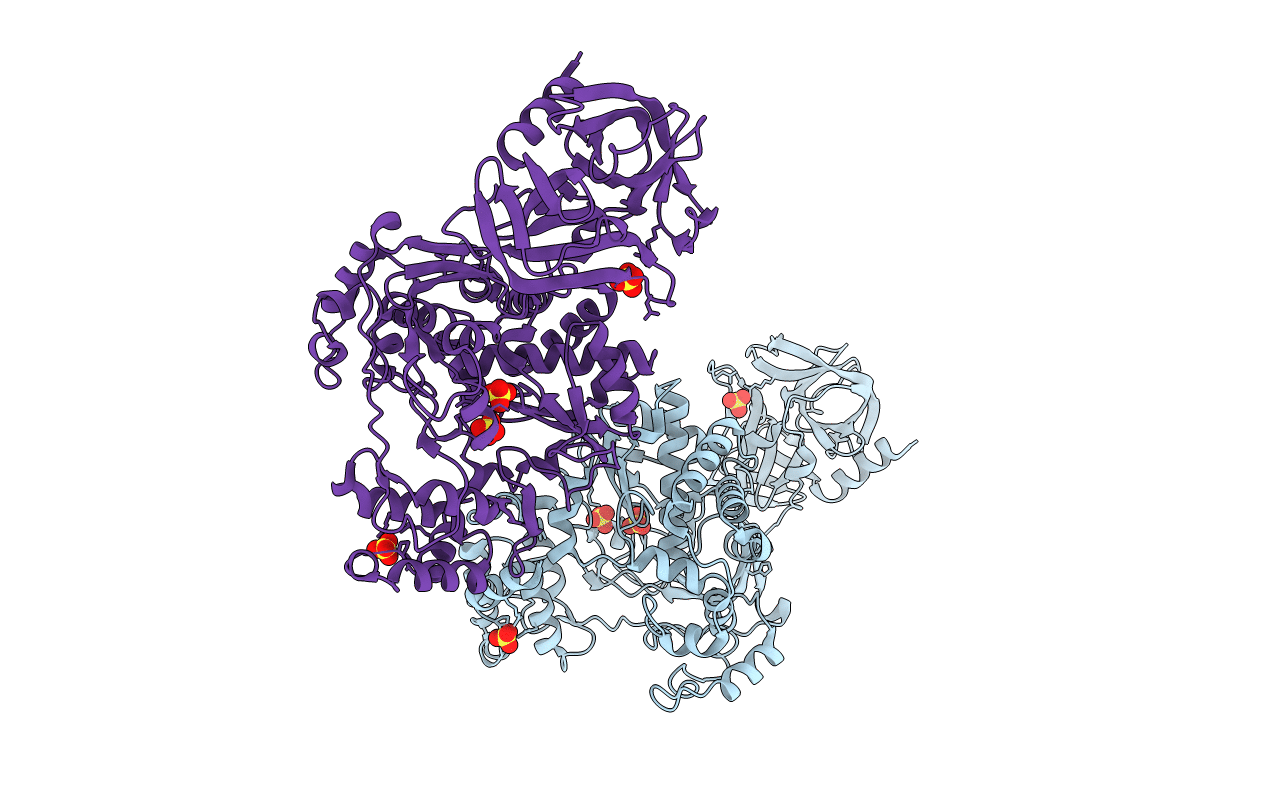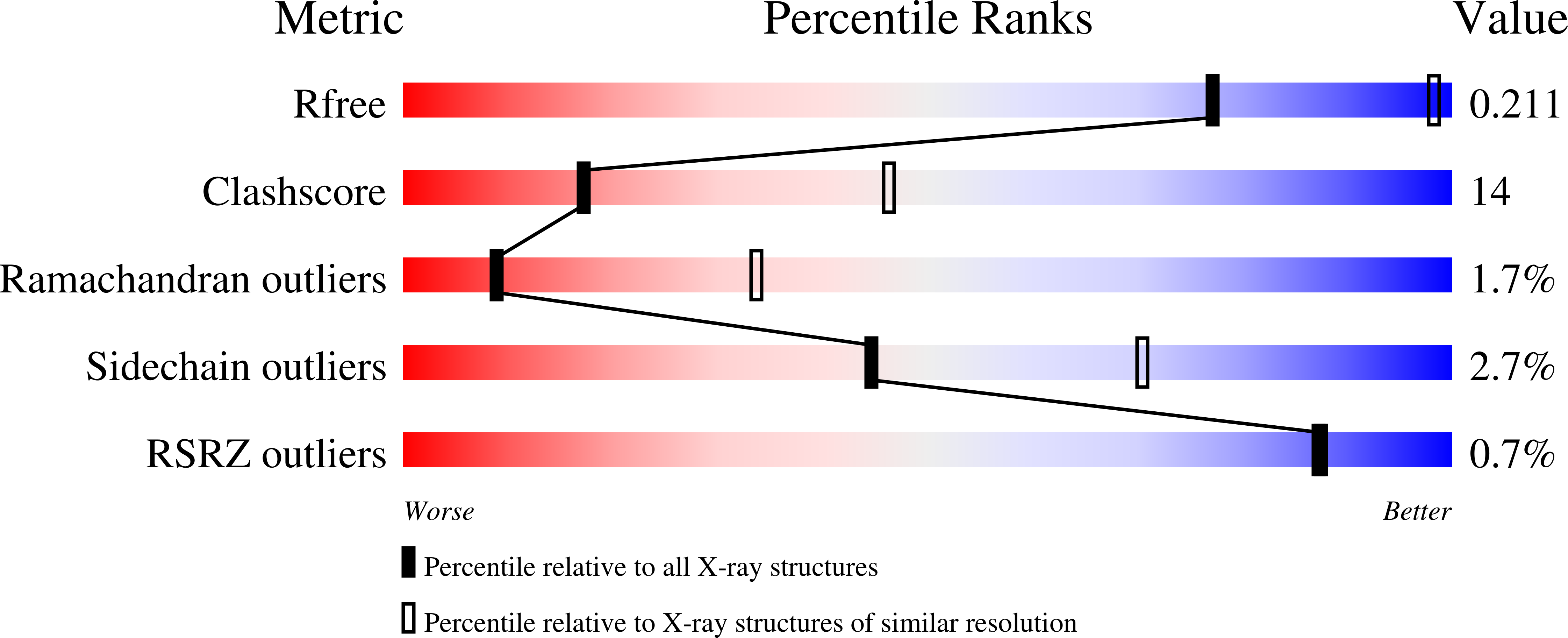
Deposition Date
2006-09-29
Release Date
2007-02-13
Last Version Date
2023-08-30
Entry Detail
PDB ID:
2IJD
Keywords:
Title:
Crystal Structure of the Poliovirus Precursor Protein 3CD
Biological Source:
Source Organism:
Human poliovirus 1 (Taxon ID: 12081)
Host Organism:
Method Details:
Experimental Method:
Resolution:
3.40 Å
R-Value Free:
0.23
R-Value Work:
0.19
R-Value Observed:
0.20
Space Group:
C 2 2 21


